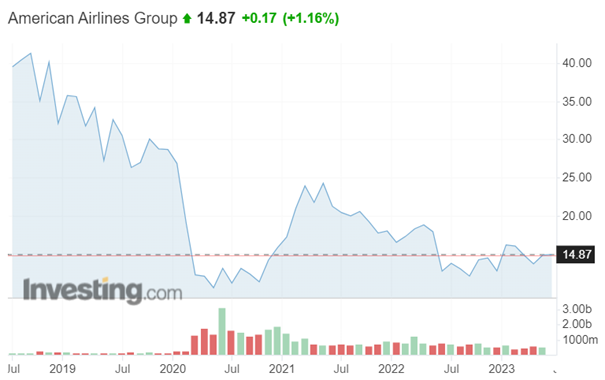Article said that the International Air Transport Association (IATA) has revised its 2023 industry profit forecast for global airlines, more than doubling it from 4.7 billion USD to 9.8 billion USD. This optimistic outlook is driven by strong travel demand and the reopening of borders following the COVID-19 pandemic. Revenue levels are also gradually approaching pre-pandemic levels, with an expected 803 billion USD in 2023 compared to 838 billion USD in 2019. Director General Willie Walsh emphasized that people not only need to travel but also want to travel, contributing to the sustained demand. However, Walsh acknowledged ongoing challenges, including supply chain issues and rising airport charges, which are impeding the industry's recovery. He called for solutions to address these issues and highlighted specific instances of excessive charge increases by Schiphol Airport in the Netherlands. Despite the rebound in demand, Walsh stressed that the current low level of profitability, with airlines earning around 2.25 USD per passenger, is unsustainable for the industry.
It is also true that I found many articles, when Covid was still spreading around the world, about airlines having problems with generating money and paying their employees. Because of that, many people went on strike or even got fired. It was clear at that time, that it can not go like this for long. And it seems, at least from my point of view, that the turnaround for these companies finally came.
It took me some time to decide for which airline I will go in terms of investing, and I found the perfect one, at least in my opinion. American Airlines stocks are falling for the past few years, causing it to come down to the current price of 14,87 USD per stock. The highest the stock has been in January 2018, when the price was 59 USD. * This is the pure reason, why I have decided to buy some shares in this company, as it gives me a lot of space for movement and potential profit, if it starts to grow and if the predictions for airlines this year are correct.

Movement of American Airlines stocks in the last five years. (Source: Investing) *
* Past performance is no guarantee of future results.








